
DWR continues to respond to the statewide impacts from a series of severe storms that have inundated the state since late December.

DWR continues to respond to the statewide impacts from a series of severe storms that have inundated the state since late December.

DWR urges Californians to stay safe and vigilant as we continue to experience the impacts from storms and flooding.
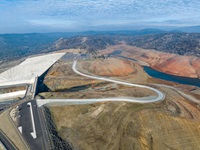
Rising reservoir levels at Lake Oroville will require the closure of the newly constructed Lakeside Access Road and it will not reopen until water levels drop back down later this year.
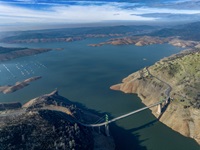
Lake Oroville Community Update for January 6, 2023.
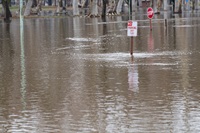
DWR is preparing for a series of storms in the next ten days that could potentially bring additional flooding to communities already inundated by recent downpours.
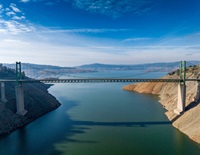
Lake Oroville Community Update for December 30, 2022.
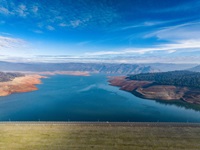
Lake Oroville Community Update for December 23, 2022.
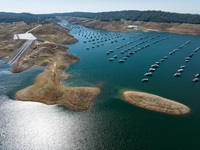
Lake Oroville Community Update for December 16, 2022.
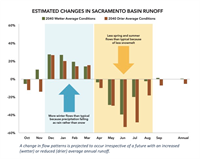
The proposed Delta Conveyance Project would help ensure water supply reliability for the State Water Project in light of projected future changes in precipitation and seasonal flow patterns due to climate change.
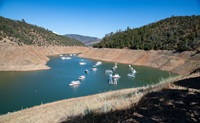
Lake Oroville Community Update for December 9, 2022.